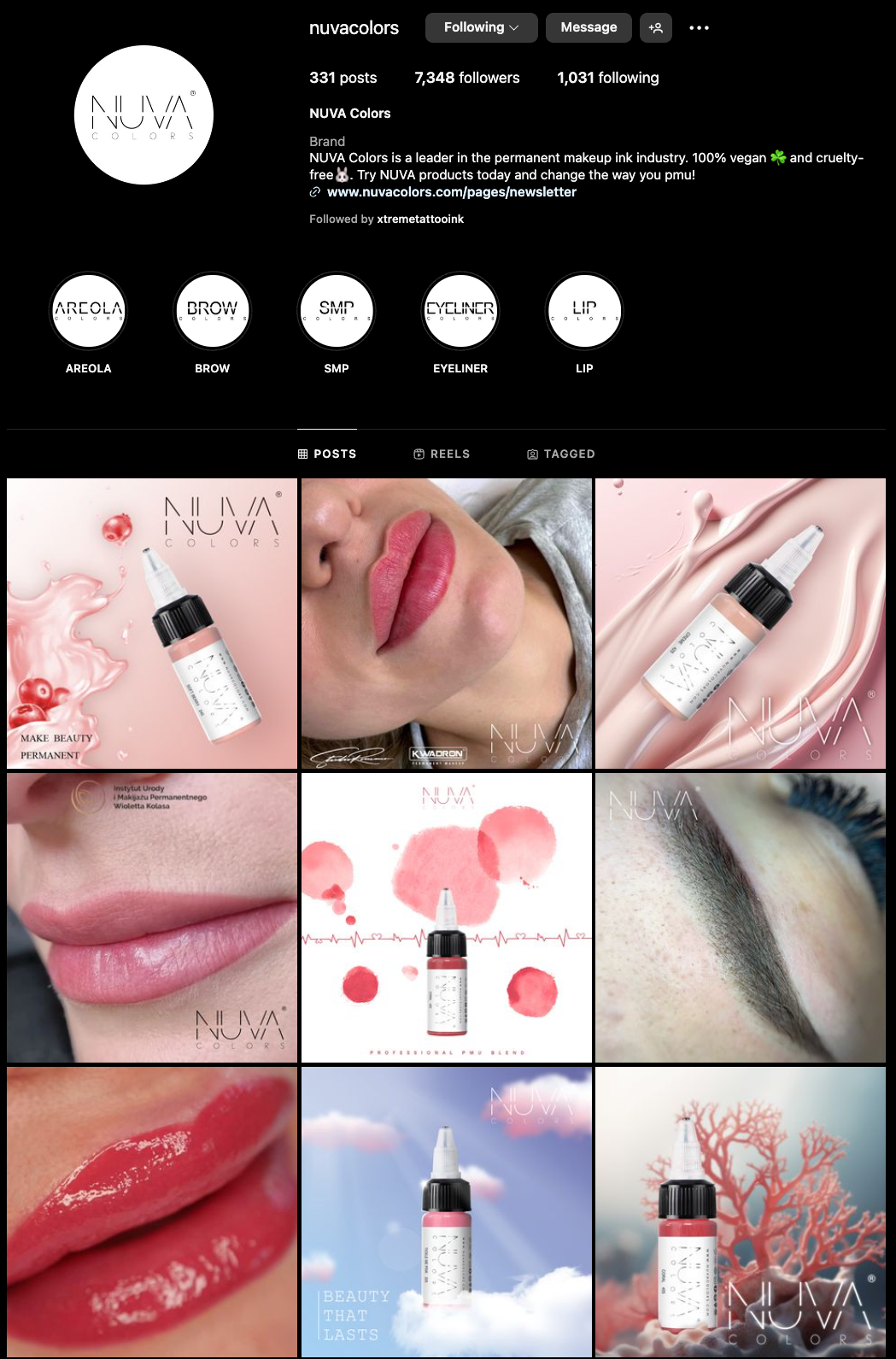
Nov 14 , 2023
Navigating the Intricacies of Pigments and Techniques in Permanent Makeup (PMU)
Permanent Makeup (PMU) is a nuanced art, balancing between aesthetic appeal and technical precision. A critical component of this balance is the understanding of pigments, their undertones, and application techniques, all of which are significantly influenced by the client's skin type, as classified by the Fitzpatrick Scale.
Pigments and Their Undertones in PMU
The choice of pigment in PMU is not one-size-fits-all. PMU artists work with organic, inorganic, and hybrid pigments, each with unique characteristics. Organic pigments are known for their vibrancy and brightness but may cool down over time. This shift necessitates a warm color boost to retain the desired hue. They are durable but require a nuanced understanding of skin undertones to prevent undesired coolness as they fade.
In contrast, inorganic pigments, often containing iron oxide, are prone to significant fading, leaving behind either a red/orange or a cool/ash undertone. This fading can be expertly managed with proper application of color theory. Hybrid pigments offer a middle ground, combining the best of both worlds – the color intensity of organic pigments and the stability of inorganic ones.
Specialized Pigments for Scalp Micropigmentation
Scalp Micropigmentation (SMP) demands a specialized approach. SMP inks are formulated to avoid heavy metals and additives common in traditional tattoo inks, which can lead to irritation or unwanted color shifts over time. These inks are carefully matched to the individual’s skin and hair color for a natural look. Utilizing the Fitzpatrick skin typing test, PMU artists can determine the precise skin tone of the client, allowing them to dilute the SMP ink to achieve the perfect shade.
Techniques Tailored for Different PMU Services
In PMU, technique is as crucial as pigment choice. SMP, brow enhancement, scar coverup, and areola reconstruction each require a distinct approach. Techniques range from microblading, which uses thicker inks, to the precision of a pen for finer details. The artist's choice in technique and ink consistency is pivotal for the success of the procedure, ensuring the desired aesthetic outcome is achieved.
The Role of the Fitzpatrick Scale
The Fitzpatrick Scale is not just a classification tool; it’s an essential guide for PMU practitioners. It helps predict how different skin types will react to pigments, how they will hold the pigment, the rate of fading, and the frequency of needed touch-ups. For example, types 5 and 6, which tend to be oilier, may require more frequent touch-ups due to faster fading, while types 1 through 3, with more pronounced undertones, necessitate careful pigment selection to avoid color mismatches.
Market Competitors and Products
The PMU industry is vibrant, with key players like Permablend, Tina Davies, Brow Daddy, and Ever After offering a diverse range of pigments and tools. A deep understanding of these competitors’ products and techniques is invaluable for any PMU artist aiming to create a unique ink set that stands out in the market.
Conclusion
The PMU world is complex and ever-evolving, demanding a comprehensive understanding of skin types, pigment formulation, and application techniques from its practitioners. As the industry grows, so must the expertise and resourcefulness of PMU artists, ensuring they continue to deliver the highest quality results to their clients. This intricate dance of art and science makes PMU a continually fascinating and challenging field.





